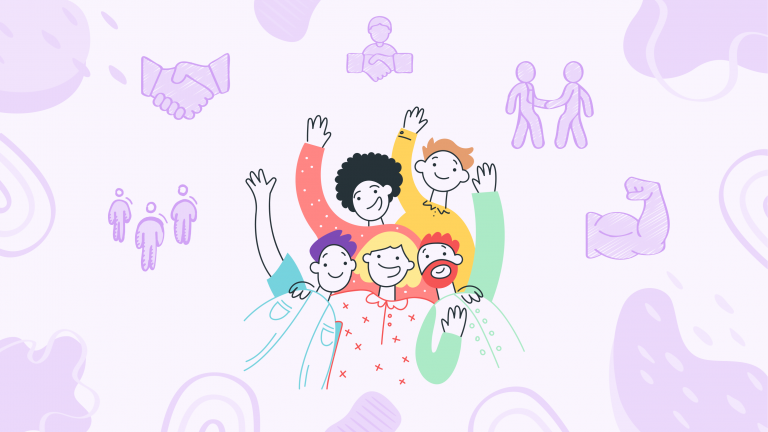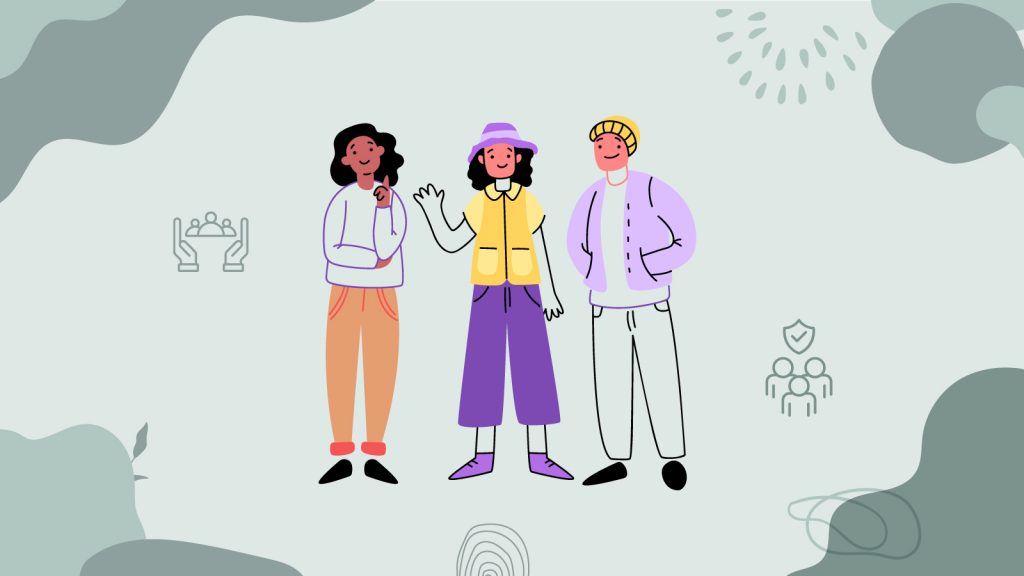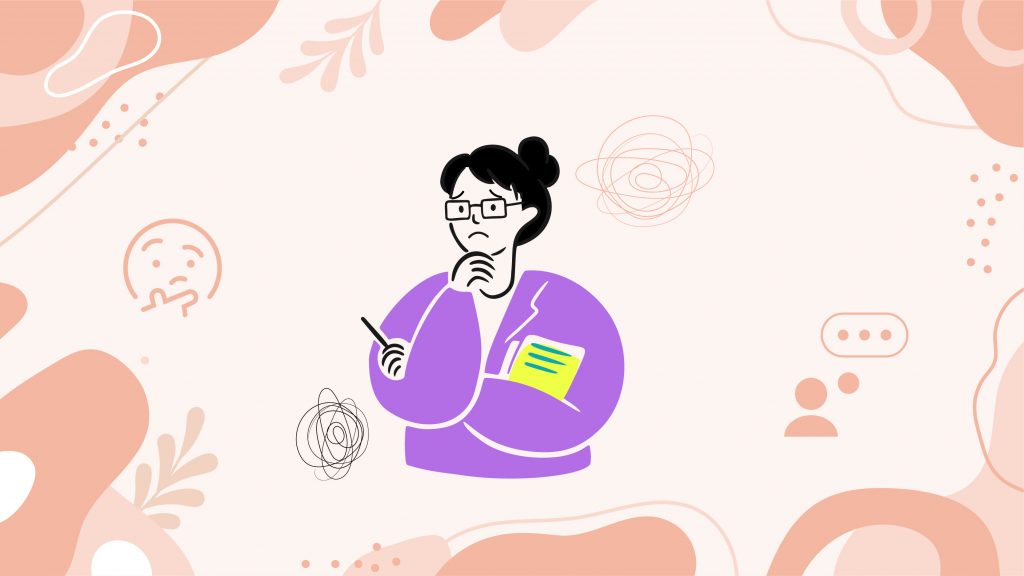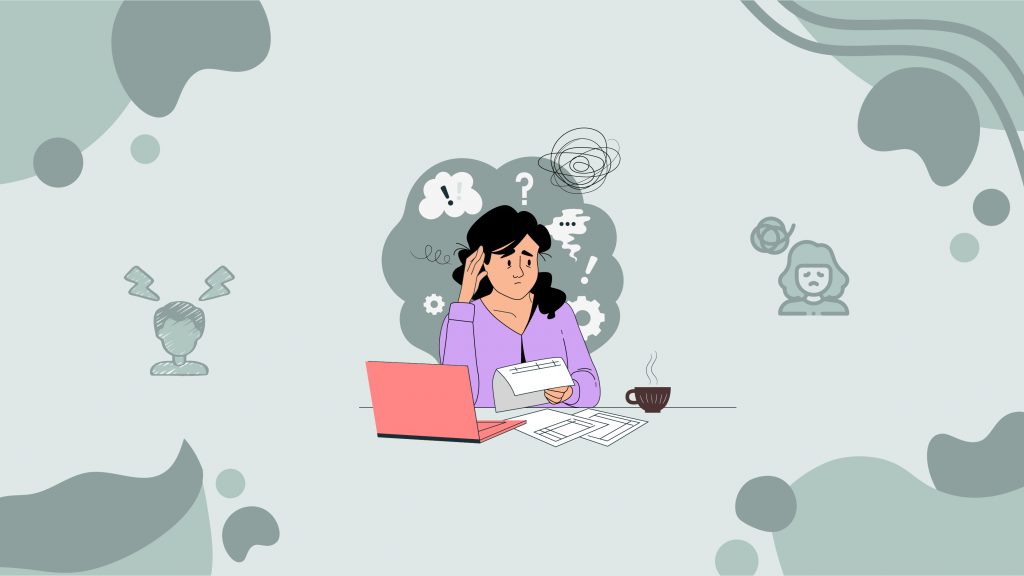The Quest for Connection
You know, in this crazy-fast world of ours, hunting down a real sense of community can be like looking for water in a desert. Isn’t it a bit ironic? We’re all glued to our screens, supposedly more connected than ever, and yet, so many of us feel this nagging sense of being all alone, kind of adrift in our own little islands.
We’re all part of this big, bustling world, yet the hustle and bustle means we often end up missing out on those deep, soulful connections that make everything seem right.
This whole chase for community, it’s a thing, right? It’s not just about finding folks to hang out with. It’s way deeper than that. It’s about that warm, fuzzy feeling of belonging somewhere, having a tribe that gets you, supports you, and shares your vibe and vision. It’s about that incredible feeling when you’re part of something bigger, something that makes the good times better and the tough times bearable.
So, yeah, this quest for connection, it’s not just nice to have—it’s essential, like air and water, keeping us strong and smiling through the rollercoaster ride of life.
Why is community so crucial, and why do we feel lost without it?
The answer lies in our very makeup. Humans are social creatures, hardwired for connection. Neurologically, social interactions stimulate parts of our brain associated with pleasure and reward. When we connect with others, our brains release oxytocin, known as the “bonding hormone,” which enhances feelings of trust and empathy.
This neurochemical response not only feels good but also plays a vital role in building social bonds and forming supportive networks. On the flip side, isolation and loneliness can trigger the body’s stress response, releasing cortisol and putting us in a state of chronic stress.
This biological signaling underlines how fundamental social connections are to our well-being, influencing everything from our mental health to our physical resilience.
Furthermore, the quality of our social interactions matters immensely. Positive social engagements can enhance cognitive functions like memory and attention, as they often require us to think critically, communicate effectively, and empathize with others.
On the contrary, negative social experiences, such as conflict or rejection, can lead to increased feelings of anxiety and depression, demonstrating the potent impact of social dynamics on our psychological state. Thus, the social fabric of our being is not just a matter of emotional preference but a critical component of our mental and physical health, deeply embedded in our biological and evolutionary framework.
Actionable Steps Craft your Circle and Foster a Sense of Community
- Reflect on Your Passions and Interests: Take some time to think about what really sparks joy and interest in you. Is it art, technology, gardening, reading, or perhaps outdoor activities? Understanding what you’re passionate about is the first step in finding a group or community that shares those interests.
- Research Local and Online Groups: Once you’ve pinpointed your interests, look for clubs, groups, or classes in your area or online that align with them. Websites, social media platforms, and community bulletin boards are great resources for finding these groups.
- Commit to Regular Participation: Joining a group is just the beginning. To truly integrate into a community, commit to participating regularly in their activities or meetings. Whether it’s weekly, bi-weekly, or monthly, regular attendance helps build familiarity and trust.
- Engage in Meaningful Ways: When you attend meetings or events, actively participate in discussions, offer help, or volunteer for roles that need filling. Engagement shows that you’re not just there to take but also to give and contribute to the community.
- Be Open and Approachable: Building relationships takes time and effort. Be open to initiating conversations, asking questions, and sharing about yourself. This openness can make others feel more comfortable and foster mutual connections.
- Give Back to the Community: Look for opportunities to contribute to the group or community. Volunteering for projects or events not only helps the community but also strengthens your sense of belonging and purpose within the group.
By following these steps, you can actively work towards building and finding a community that resonates with your interests and values, creating a network of support and shared experiences.
Subscribe to newsletter
Get your Gut Health Starter Guide right now.
Elevate your Tuesdays with practical, science-backed wisdom propelling you forward on your gut health journey.

A Tale of Transformation
Jasmine stood amidst the vibrant rows of the community garden, her hands deep in the earth, planting the seeds of the season’s first tomatoes. Around her, laughter and conversation filled the air, blending with the scent of fresh soil and blooming flowers.
This garden, once just a plot of land, had become a sanctuary of connection, where each plant and person had a story, intertwining like the tendrils of the climbing vines. It was here, amid the kale and cosmos, that Jasmine found more than just a hobby; she discovered a family of choice, bound not by blood but by shared passions and the joy of growing, both plants and friendships.
Jasmine shares, “Moving to a new city was a whirlwind. At first, it was thrilling, but soon, the novelty wore off, and I felt lost, like a piece of me was missing. Joining the book club and the gardening project felt daunting initially. I was stepping into these established groups, not knowing if I’d fit in.
But to my surprise, I was welcomed with open arms. These experiences brought me so much more than just hobbies; they brought me a sense of belonging. Laughing over a novel’s plot twist or sharing the harvest from our garden plots, I realized I was part of something special. It was these moments that transformed my lonely apartment in a bustling city into a warm, vibrant home.
Looking back, I can’t believe how much has changed. I didn’t just find friends; I found a community that embraced me, taught me new things, and helped me grow. It’s been an incredible journey of transformation, and I’m so grateful for every bit of it.”


















